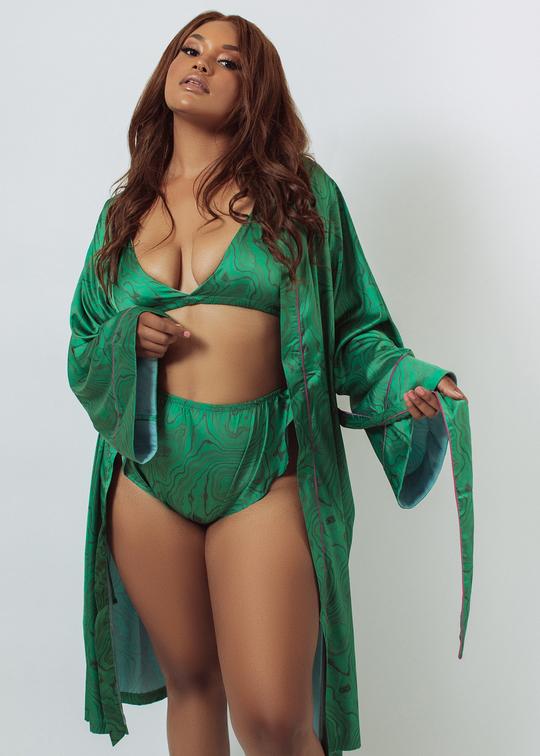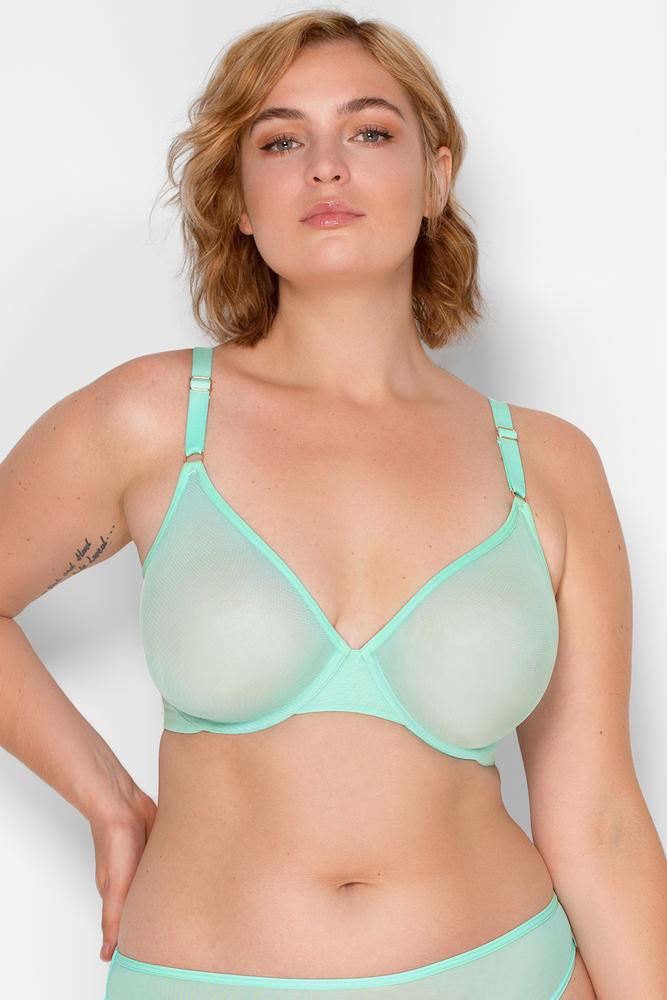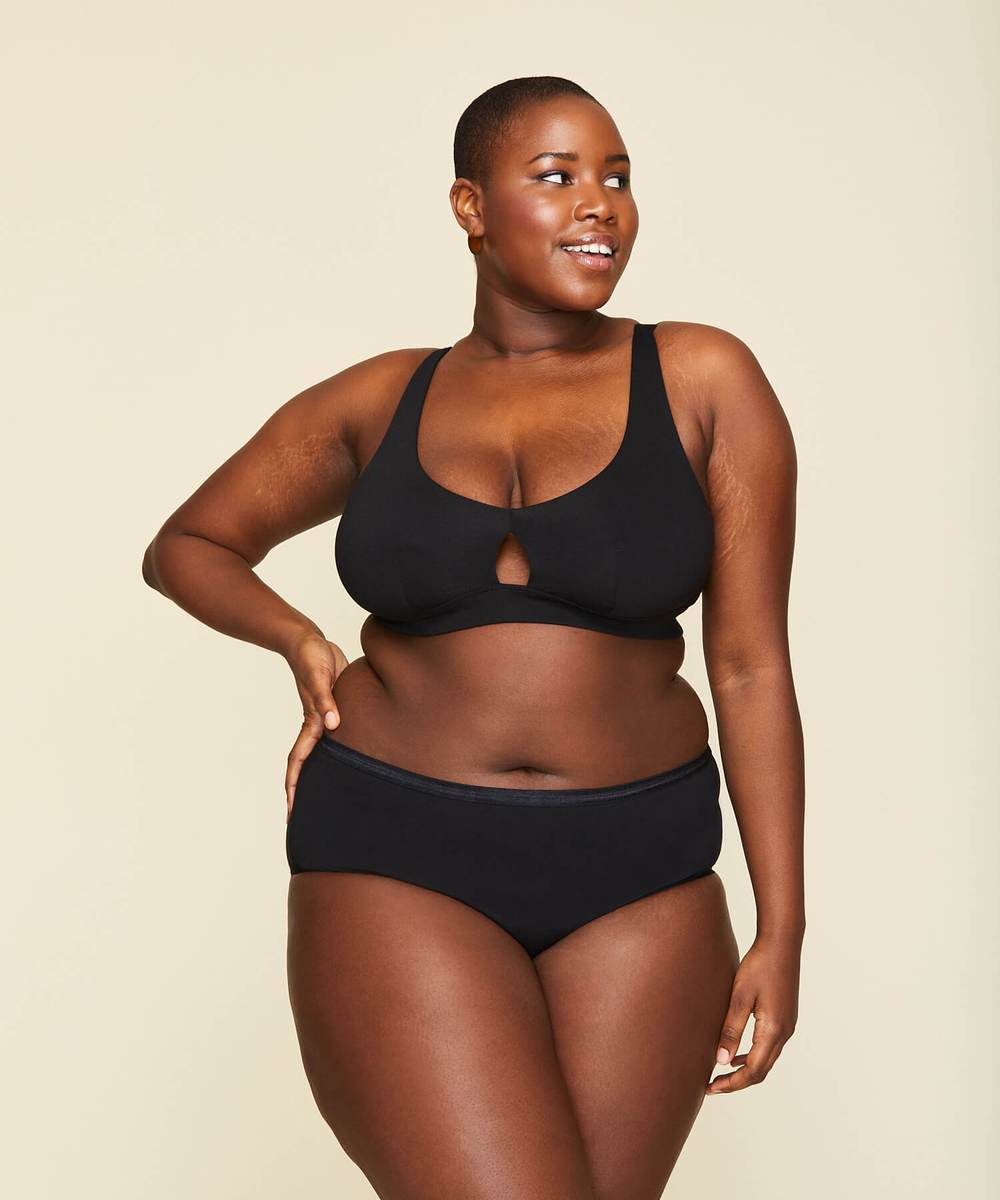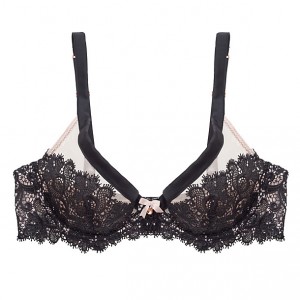Lingerie 101: The 5 Most Common Types of Lingerie Fabrics
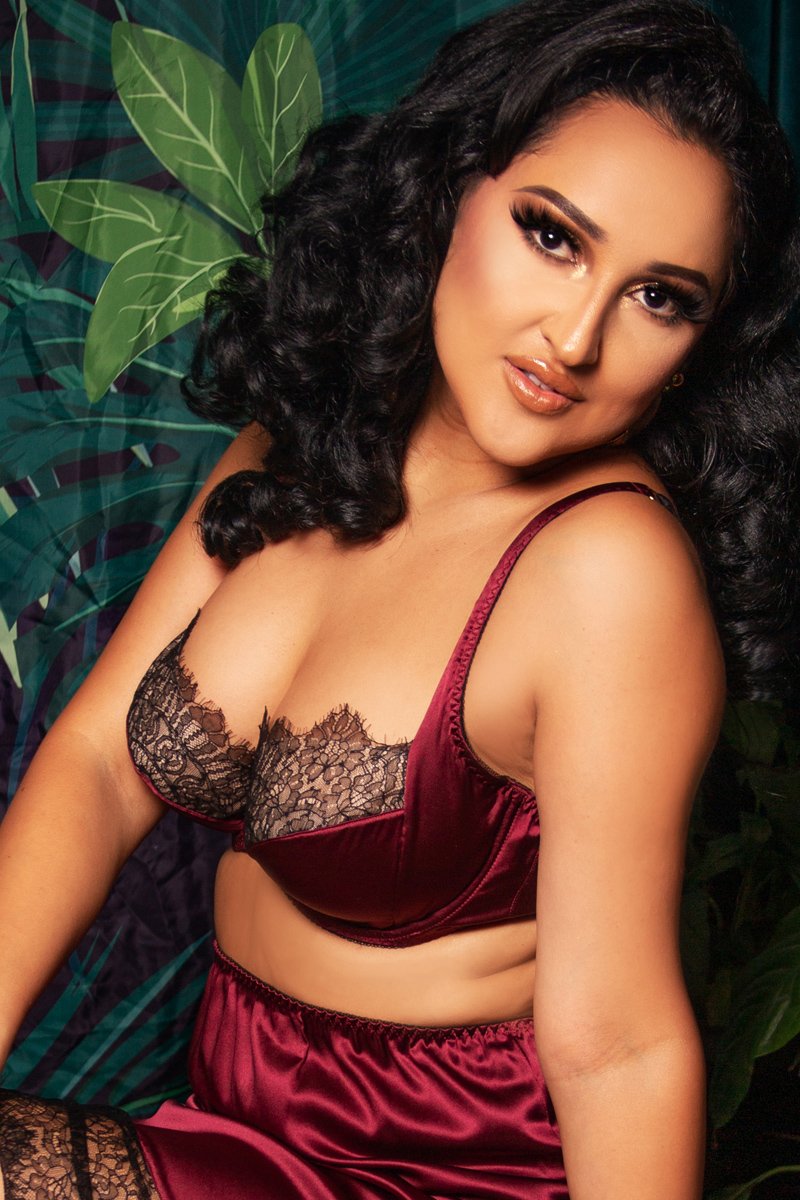
Full bust brand Harlow and Fox combines lace, stretch silk satin, and a stable powermesh for support in their bras. Harlow and Fox Eleanor Bra - $203.00
At The Lingerie Addict, nerding out about lingerie is our favorite thing. Sometimes, this means sharing the lingerie we wished we bought. Other times, it means discussing lingerie construction methods, or exploring what "ethically made" really means.
Today, we're talking fabrics. What types of fabrics are popular for lingerie? How can you identify them, and what are they used for?
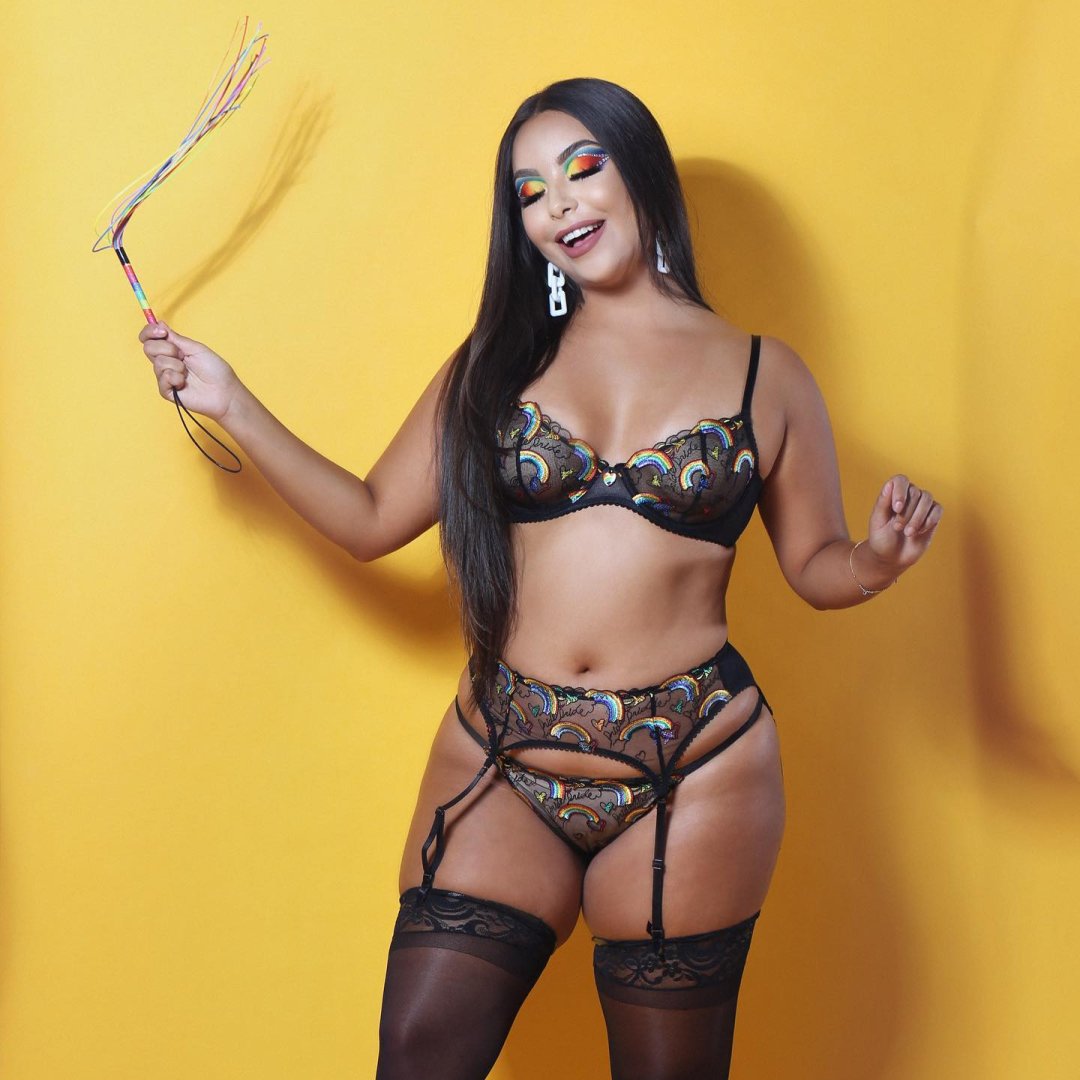
This Savage X Fenty set is made of two types of mesh: stable embroidered tulle, and solid stretch mesh.
The following five fabrics are some of the most popular textiles used in the lingerie industry today. Read on for a glimpse into the world of lingerie fabrics and how they are used.
Satin
If you’ve followed TLA for a while, you know that “satin” is not the same as “silk”. So what is satin?
Satin is a fabric made with a satin weave. In plain terms, a satin is woven with one direction of its threads crossing on top of multiple threads going the other direction. This catches extra light and creates a smooth, lustrous finish.
Satin can be made of silk, but it can also be made of polyester, rayon, and even cotton. (Satin-woven fabrics made from shorter fibers like cotton and rayon are usually called “sateen,” and have less shine.) It can even stretch, with the addition of elastane (otherwise known as Spandex).

Karen Mabon Botanical Gardens Pyjama Set - $400.00 (approximately)
Why is satin so popular for lingerie? Well, it's pretty! Plus, satin has a smoother hand than plain woven fabric, so it’s perfect for garments that sit close to your skin. You’ll find it in almost every type of lingerie garment, from the cup of a bra to the body of a chemise.
Mesh

Else Lingerie Bare Softcup Bodysuit - $180.00
Mesh fabric is an overarching term for any fabric that has space between its yarns. Lingerie often uses a hexagonal mesh. This fabric is named after the six-sided shape of its negative space, and works for so many applications: as a rigid sheer base for embroidery, as stiff tulle trim on a nightgown, or as the stretchy body of a pair of sheer knickers.
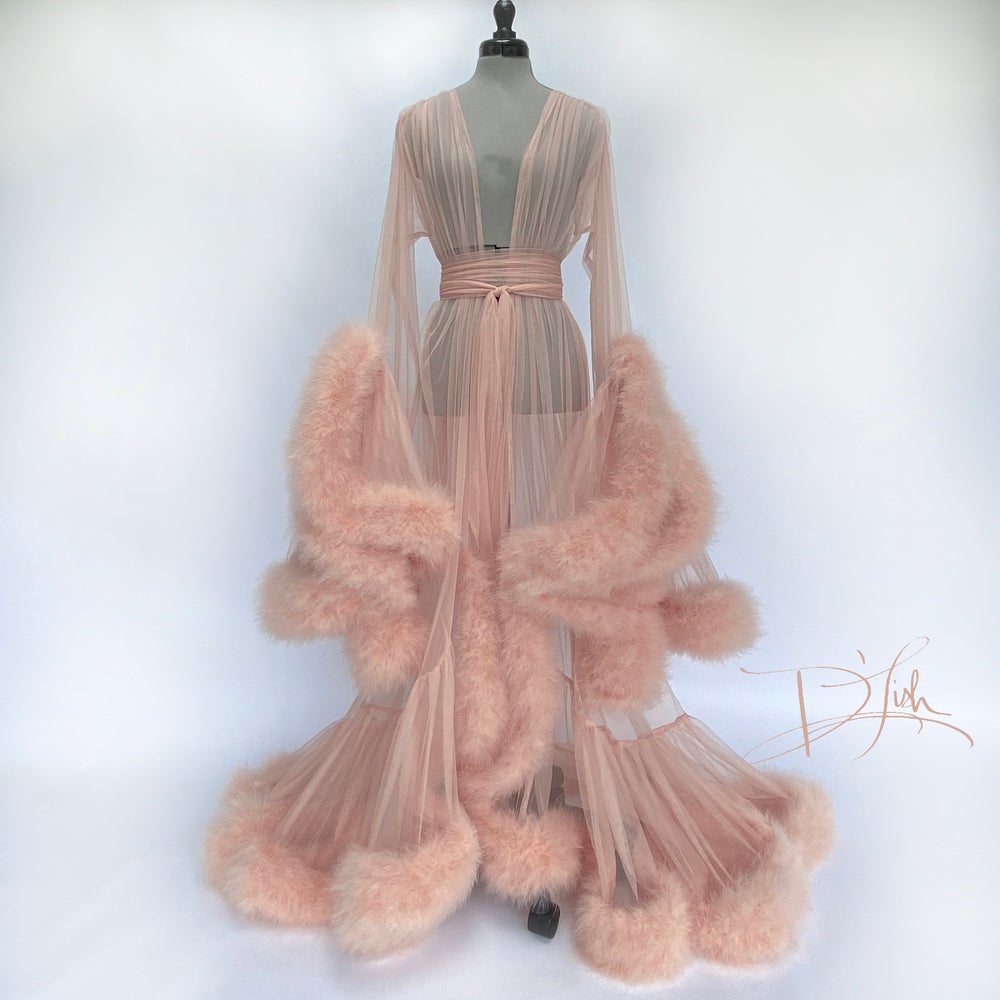
Catherine D'Lish Mesh Dressing Gown - $499.99
Lingerie mesh is often made of nylon, with elastane added for stretch. Its softness or stiffness depends on the fiber content, the size of the space between the yarns, and the finish on the fabric.
A stable hex mesh called “powermesh” is often used as interlining for bras, as well as in shapewear and activewear where extra compression is desired.

The Curvy Kate Unwind Bralette features powermesh, giving extra support for fuller busts. $55.00
Lace
Lace is one of the most iconic lingerie fabrics.

Angela Friedman Dentelle Slip - $320.00
Whether it’s a full fabric or a tiny trim, the delicacy of lace makes it perfect for lingerie. Modern lingerie lace is almost always machine made, often of nylon, with elastane added for stretch when necessary. It’s sometimes made with metallic threads, or even cotton fibers for a thicker hand.

The Amoralle Opulent Robe is made entirely of lace. $660.00
Lace is usually crafted with floral or botanical motifs, but geometric patterns have become more common over the last few years.

Avocado Queen Misia Bra - $120.00 (approximately)
You can spot it by looking for material that is made up of decorative motifs and open space.

Fortnight Lingerie Ara Thong Bodysuit - $210.00
Even inexpensive lace can elevate a lingerie design from simple to stunning. If you’re interested in learning more about lace, this article by Karolina goes deep into types of lace and how they’re made.
Jersey
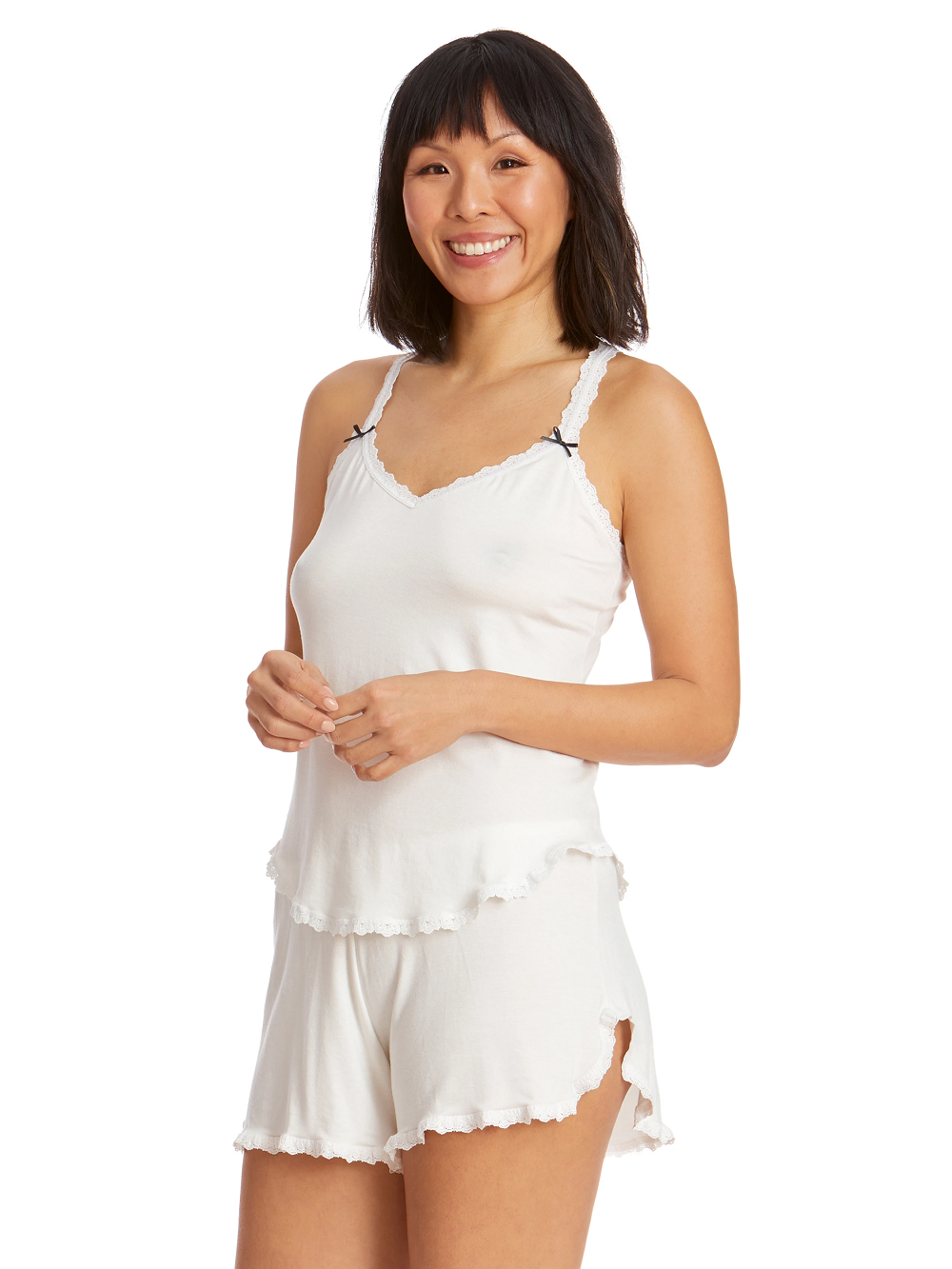
Hanky Panky Elena Jersey Sleep Set - $125.00
You may associate this fabric with your t-shirt drawer, but jersey is everywhere in the lingerie world.
The basic underwear in your drawer is probably made of jersey knit, and even your fancier pairs likely have a cotton jersey gusset inside. The front of jersey knit fabric is smooth, while you’ll see the tiny “loops” of the knit if you look closely on the back.
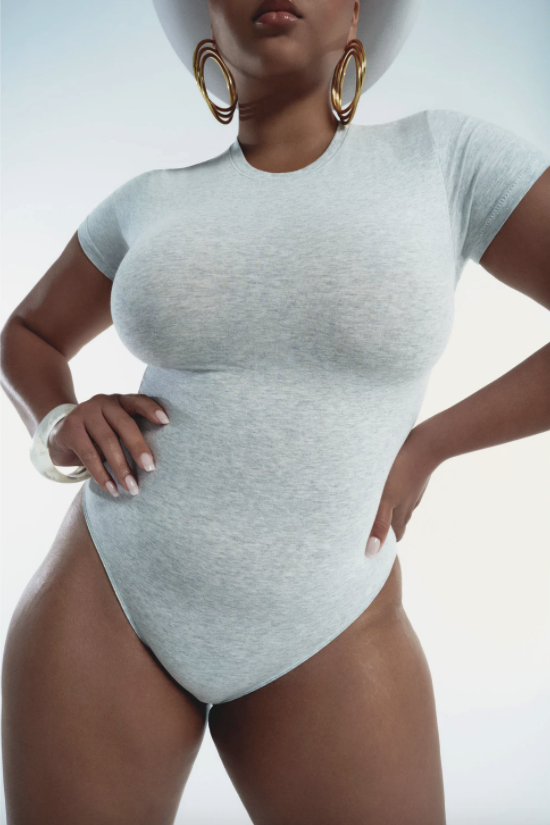
SKIMS Jersey T-Shirt Bodysuit - $62.00
Jersey can be made of nearly any fiber. Cotton, polyester, and rayon are common; wool and silk are more rare.

Sandmaiden Bamboo Sleepwear Set - $171.00
Most lingerie jersey includes some form of elastane for extra stretch. And jersey is perfect for lingerie for two reasons. First, it’s stretchy, so it can move with the body and it’s easy to fit. Second, it’s a fantastic “base” fabric for a fun print.
Microfiber
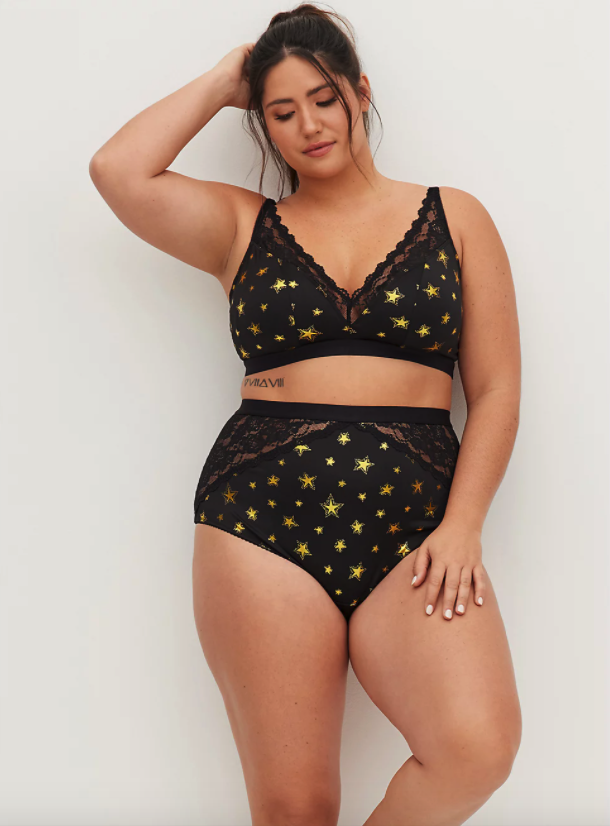
Torrid Microfiber Bralette and Panty - $64.00
Microfiber fabric is made out of very thin synthetic fibers, giving the fabric an ultra-soft hand. Microfiber fabrics are popular in all industries right now, but those made for lingerie are typically a thin knit. They can be made of polyester, nylon, or rayon, usually with elastane added for stretch.

Commando Classic Maxi Slip - $118.00
Microfiber is often used for activewear undergarments, as it wicks moisture and feels light and airy against the skin. You’ll also find it in ultra-soft, super-slinky loungewear, nightwear, and underwear.

MeUndies is well-known for their “MicroModal,” a microfiber fabric made out of rayon and elastane.
Those seamless knickers you love? Probably made of microfiber. This fabric is also commonly used for a smooth finish on t-shirt bras.
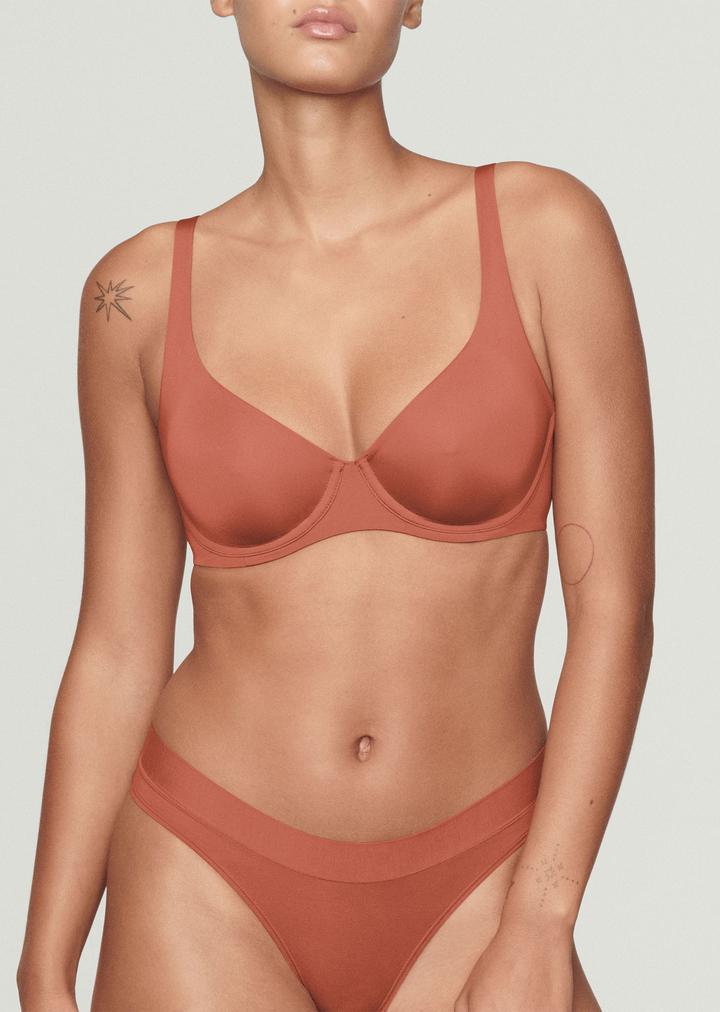
Cuup Microfiber Bra - $68.00
And that's all! Which of these fabrics is your favorite to wear? Is there anything you look for in particular when you shop for lingerie?





